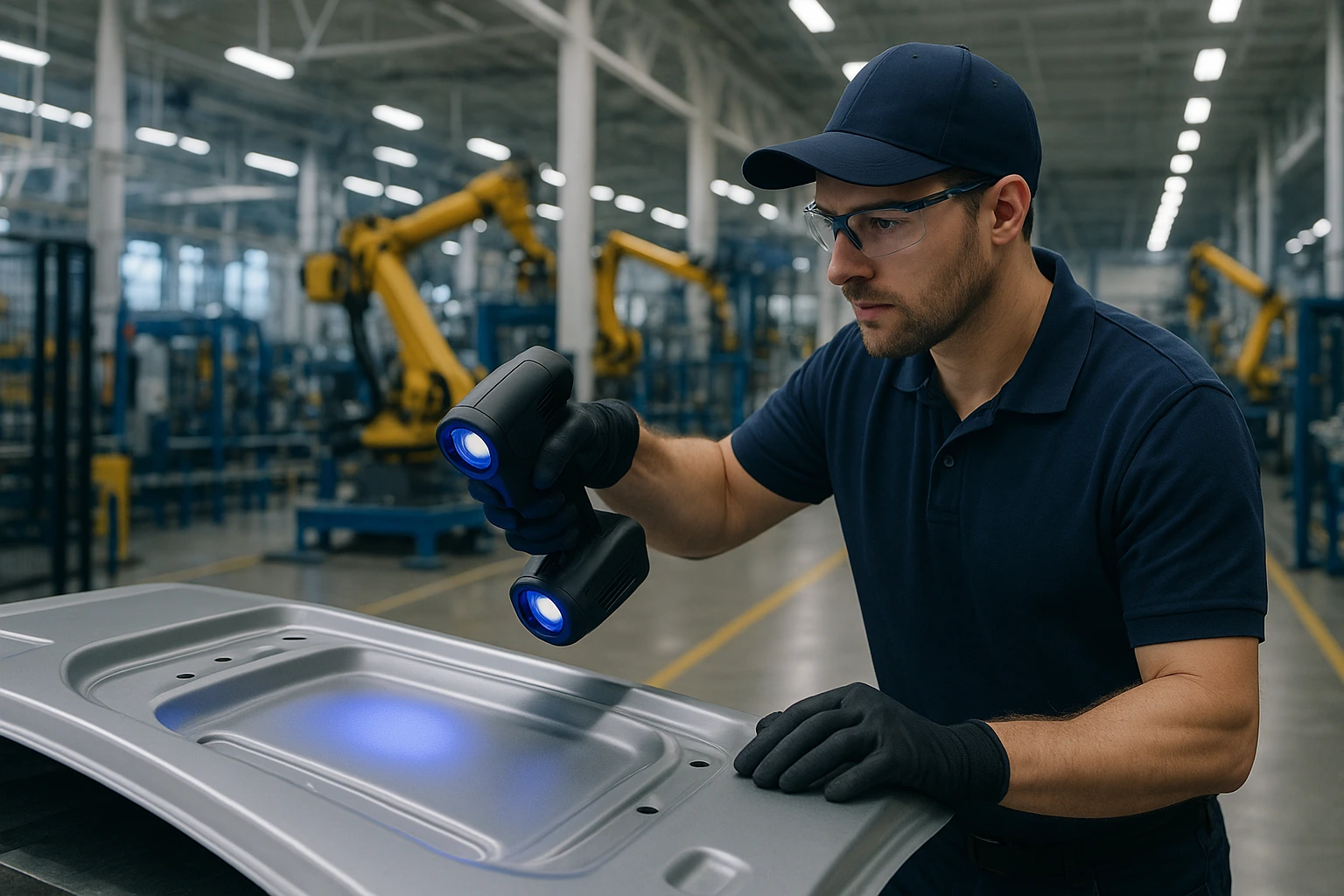Stop customer complaints at the source
Block defects before shipment and standardize traceability across shifts and lots.

Key Advantages
- Up to 100% defect prevention in suitable scenarios.
- Standardized reporting by lot, shift, die and press.
- Lower rework and scrap costs.
- Audit‑ready evidence packs.
Common Challenges
- Surprises at end-of-line inspection.
- Inconsistent quality discipline across shifts.
- Limited evidence when customers ask for root cause.
How Digiforming Helps
-
Prevents defects at the source with live process feedback.
-
Traceability by lot/shift.
-
Final validation layer depending on risk level.
-
Spot pressure drops before production starts.
-
Shared visibility for Quality and Maintenance.
Expected Impact & KPIs
Frequently Asked Questions
How can I be sure only defect-free parts leave the press line?
−End-of-Line Inspection is trained with only OK parts. The AI anomaly detection model compares each new part against these learned thresholds and flags any deviation, ensuring only defect-free parts continue.
Can I trace defects back to press conditions?
+Yes. Defect Prevention links contour deviations with press conditions. AI anomaly detection logs anomalies with lot, shift, and press data for full traceability.
How does the system reduce human error in quality checks?
+AI-based anomaly detection ensures consistent inspection criteria. Thresholds are applied uniformly, reducing dependence on subjective human judgment.
Can End-of-Line Inspection detect new defect types that were not predefined?
+Yes. Because the AI anomaly detection model learns from OK parts, any unfamiliar deviation is flagged, including new defect types that were not predefined.
Does Wireless Pressure Monitoring contribute to quality control?
+Yes. Stable gas spring pressures are critical for forming consistency. AI-defined thresholds in Wireless Pressure Monitoring detect pressure deviations that could cause quality defects.